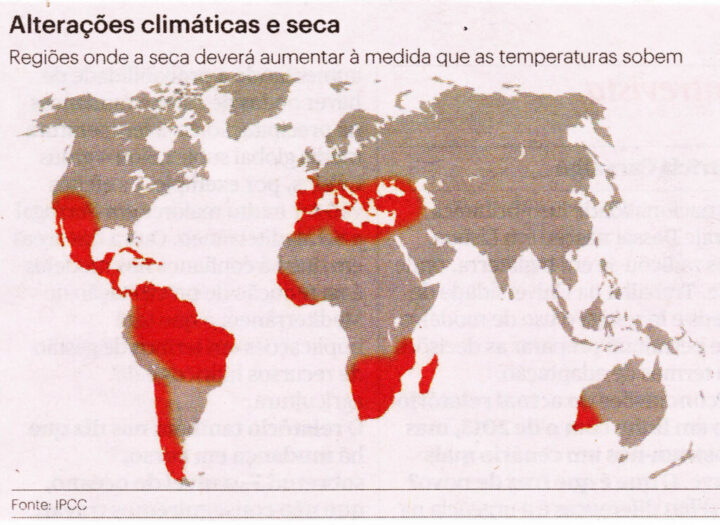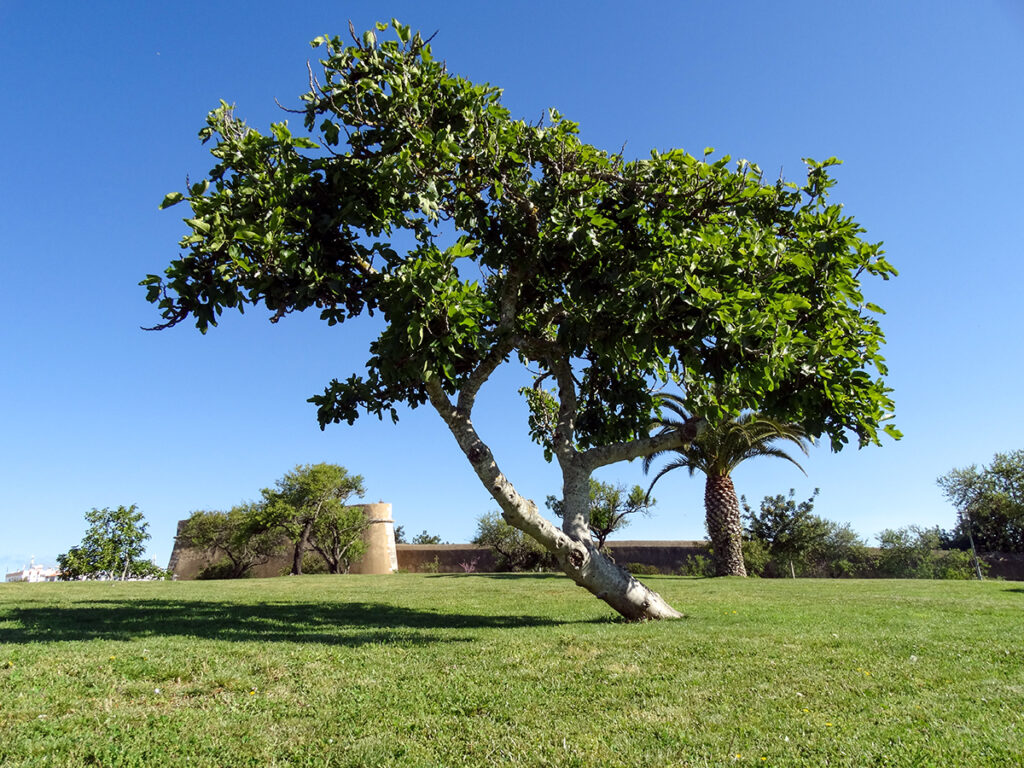For some years now, in public opinion, interest in the presence of vegetation in the city has been increasing, following the studies that researchers have been carrying out, decade after decade. But few show up.
Whether we like it or not, climate change is showing all over the world the strength of the planet's reactions to the attacks that human beings, swollen with wisdom and arrogance, carried out, especially after the industrial revolution.
According to the IPCC, which continues to monitor, year after year, the physical-chemical and biological parameters of our Earth, the surface temperature of the planet has increased by 1,09ºC since pre-industrial times.
Its impact is revealed in the conditions of the atmosphere, oceans, lithosphere and biosphere. The increase in greenhouse gas emissions creates increasingly serious problems throughout the world, unprecedented in the times known to man.
"Each 0,5% increase in global temperature will trigger severe increases in the frequency and severity of extreme heat, storms and drought."
Government actions, so far, have been scarce and on a small scale, and there are regions of the planet where millions of people already live in the worst conditions unimaginable in our time so full of scientists and researchers; millions of people face severe water scarcity and high temperatures allow the spread of serious diseases such as malaria, the Nile virus and other infections.
Our Mediterranean region is one of the most threatened by drought, as shown in the attached map, published by the IPCC.

In a book shared with me, in 1996, Gonçalo Ribeiro Telles wrote: “The avenues and boulevards, the protection strips and integration of roads and railways, the coastal systems and the water lines make it possible, in the city, for the existence of a green system remain identical with the permanent structure of the rural landscape”.
Since then, the presence of Nature in the city is no longer in doubt, except for denialists and land speculators.
One of the most effective measures for reducing CO2 and ensuring milder temperature conditions is reforestation – and therefore, in urban areas, its function is fundamental.
Cities, and particularly in the south, such as the Algarve, are increasingly demanding tree planting. More than gardens that are expensive to maintain and require water, what we need in our South are trees, shade, taking advantage of all the nooks and crannies to install trees capable of meeting the climatic demands and guaranteeing a healthy and welcoming urban environment.
Not all local authorities have met this requirement and public opinion, the citizens, must be the ones to enforce their will.
Worse still, in some municipalities (the majority…) the epidemic of the “municipal pruning” virus continues, which devastates trees in cities every year. This year I saw again examples of shouting to the heavens!
To add to the concerns, this coming summer, it is likely that we will have problems with the water supply, we are in the second consecutive year of low rainfall, the aquifers are getting exhausted and nobody is to be seen – really nobody! – to take action on the matter.
When it is the case, if it comes to that, of turning off the taps for a number of hours a day, then experts from the Government and the Municipalities come to say that we need to be aware – but we have no proof that they are really aware…
Author Fernando Santos Pessoa is a landscape architect and forestry engineer. He was a founder of the National Park Service… and he writes with the spelling he learned in school



















Comments